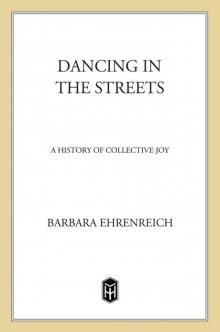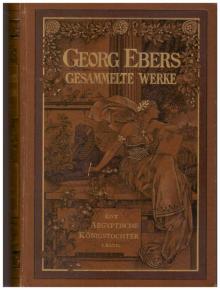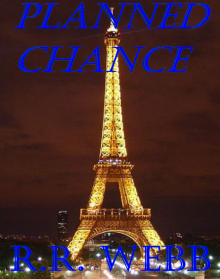Dancing in the Streets: A History of Collective Joy


Author: Barbara Ehrenreich
Category: Nonfiction
Published: 2006
Series:
View: 436
Read OnlineFrom the bestselling social commentator and cultural historian, a fascinating exploration of one of humanity's oldest traditions: the celebration of communal joy
In the acclaimed "Blood Rites," Barbara Ehrenreich delved into the origins of our species' attraction to war. Here, she explores the opposite impulse, one that has been so effectively suppressed that we lack even a term for it: the desire for collective joy, historically expressed in ecstatic revels of feasting, costuming, and dancing.
Ehrenreich uncovers the origins of communal celebration in human biology and culture. Although sixteenth-century Europeans viewed mass festivities as foreign and "savage," Ehrenreich shows that they were indigenous to the West, from the ancient Greeks' worship of Dionysus to the medieval practice of Christianity as a "danced religion." Ultimately, church officials drove the festivities into the streets, the prelude to widespread reformation: Protestants criminalized carnival, Wahhabist Muslims battled ecstatic Sufism, European colonizers wiped out native dance rites. The elites' fear that such gatherings would undermine social hierarchies was justified: the festive tradition inspired French revolutionary crowds and uprisings from the Caribbean to the American plains. Yet outbreaks of group revelry persist, as Ehrenreich shows, pointing to the 1960s rock-and-roll rebellion and the more recent "carnivalization" of sports.
Original, exhilarating, and deeply optimistic, "Dancing in the Streets" concludes that we are innately social beings, impelled to share our joy and therefore able to envision, even create, a more peaceable future.
In the acclaimed "Blood Rites," Barbara Ehrenreich delved into the origins of our species' attraction to war. Here, she explores the opposite impulse, one that has been so effectively suppressed that we lack even a term for it: the desire for collective joy, historically expressed in ecstatic revels of feasting, costuming, and dancing.
Ehrenreich uncovers the origins of communal celebration in human biology and culture. Although sixteenth-century Europeans viewed mass festivities as foreign and "savage," Ehrenreich shows that they were indigenous to the West, from the ancient Greeks' worship of Dionysus to the medieval practice of Christianity as a "danced religion." Ultimately, church officials drove the festivities into the streets, the prelude to widespread reformation: Protestants criminalized carnival, Wahhabist Muslims battled ecstatic Sufism, European colonizers wiped out native dance rites. The elites' fear that such gatherings would undermine social hierarchies was justified: the festive tradition inspired French revolutionary crowds and uprisings from the Caribbean to the American plains. Yet outbreaks of group revelry persist, as Ehrenreich shows, pointing to the 1960s rock-and-roll rebellion and the more recent "carnivalization" of sports.
Original, exhilarating, and deeply optimistic, "Dancing in the Streets" concludes that we are innately social beings, impelled to share our joy and therefore able to envision, even create, a more peaceable future.
 Eine aegyptische königstochter. English
Eine aegyptische königstochter. English A Stillness at Appomattox: The Army of the Potomac Trilogy
A Stillness at Appomattox: The Army of the Potomac Trilogy Southern Storm
Southern Storm Thief Taker (A Macrae and Silver Mystery Book 3)
Thief Taker (A Macrae and Silver Mystery Book 3) #Help
#Help Wilco- Lone Wolf 13
Wilco- Lone Wolf 13 The Memory of Fire Trilogy: Genesis, Faces and Masks, and Century of the Wind
The Memory of Fire Trilogy: Genesis, Faces and Masks, and Century of the Wind Planned Chance
Planned Chance